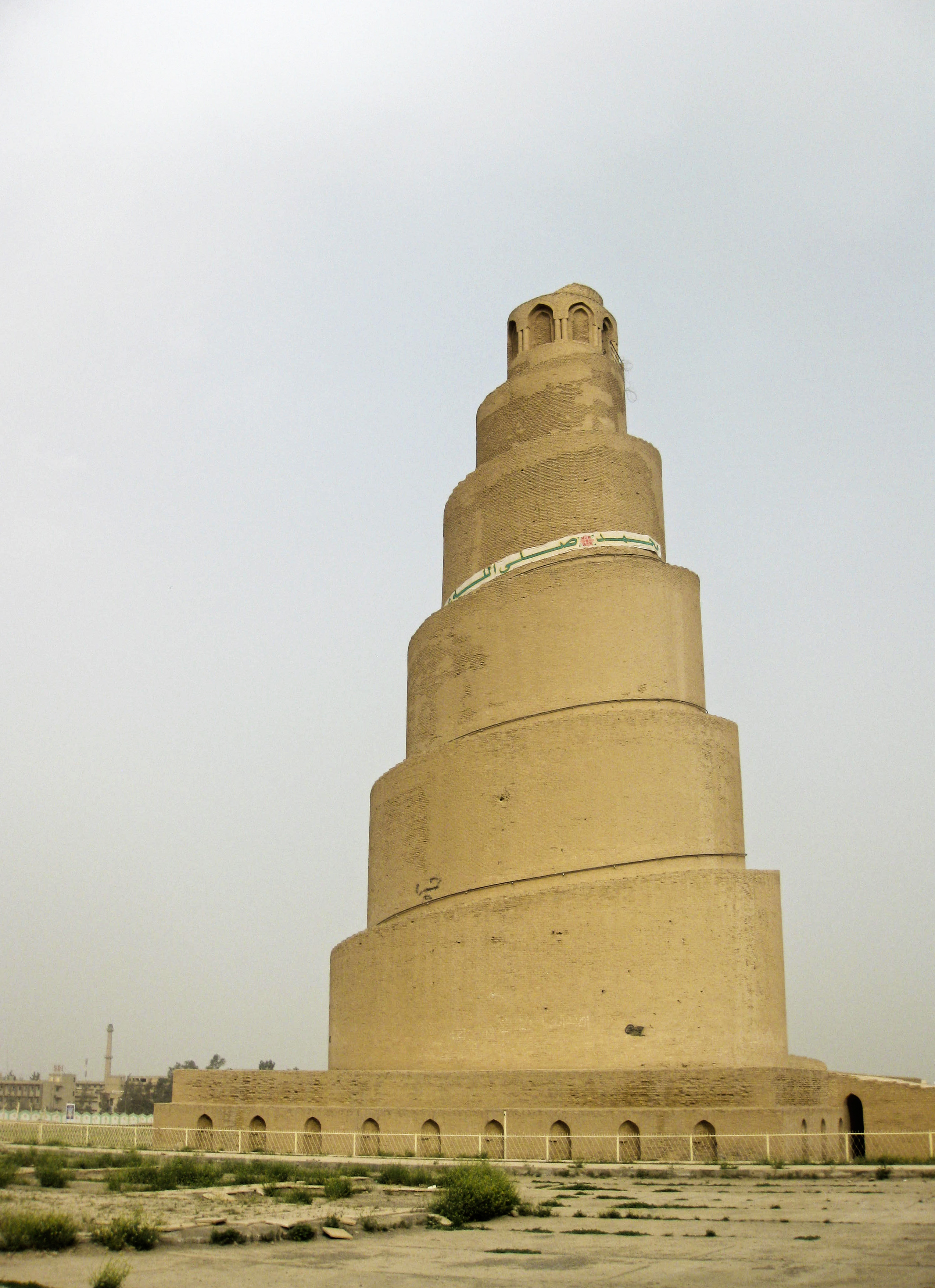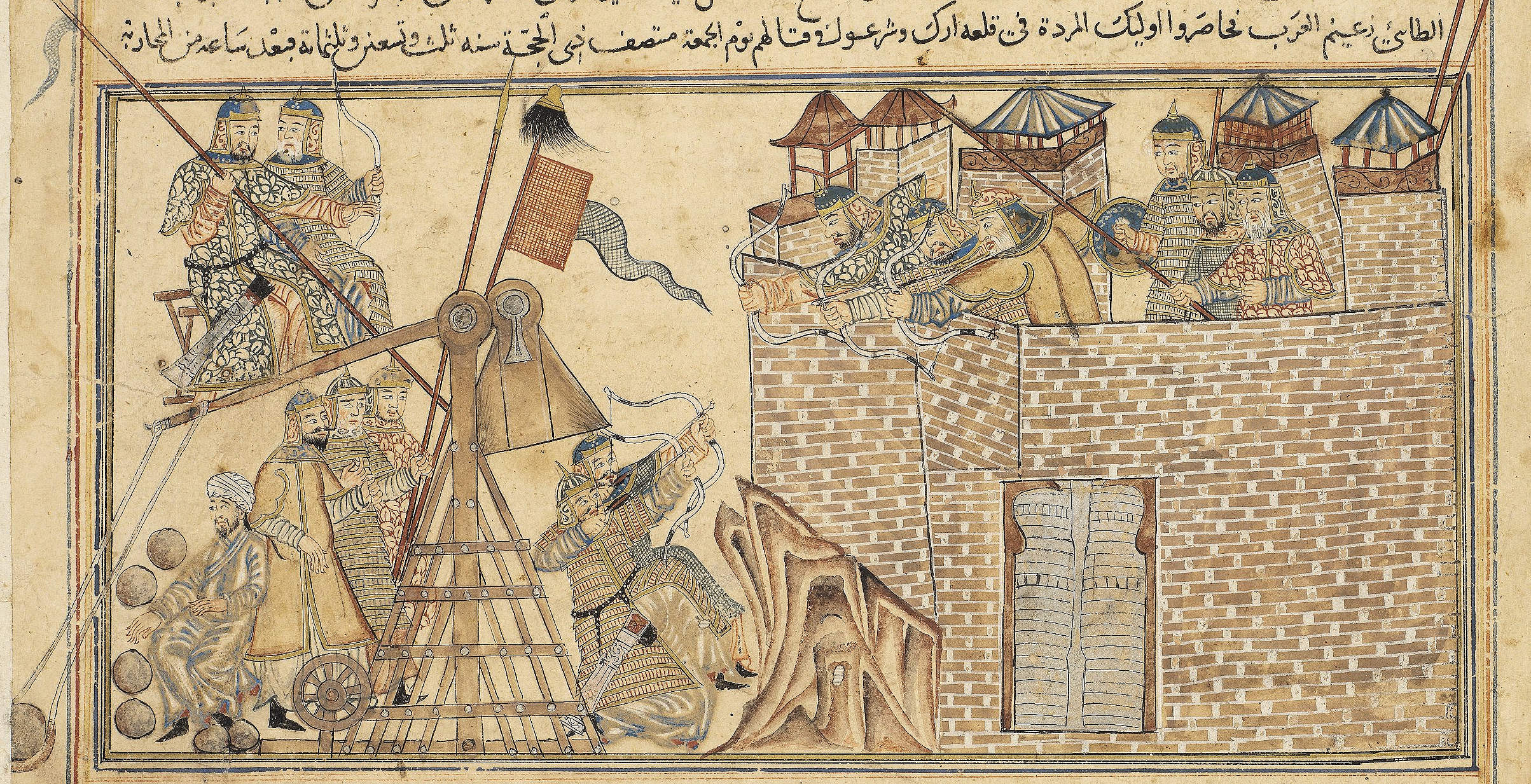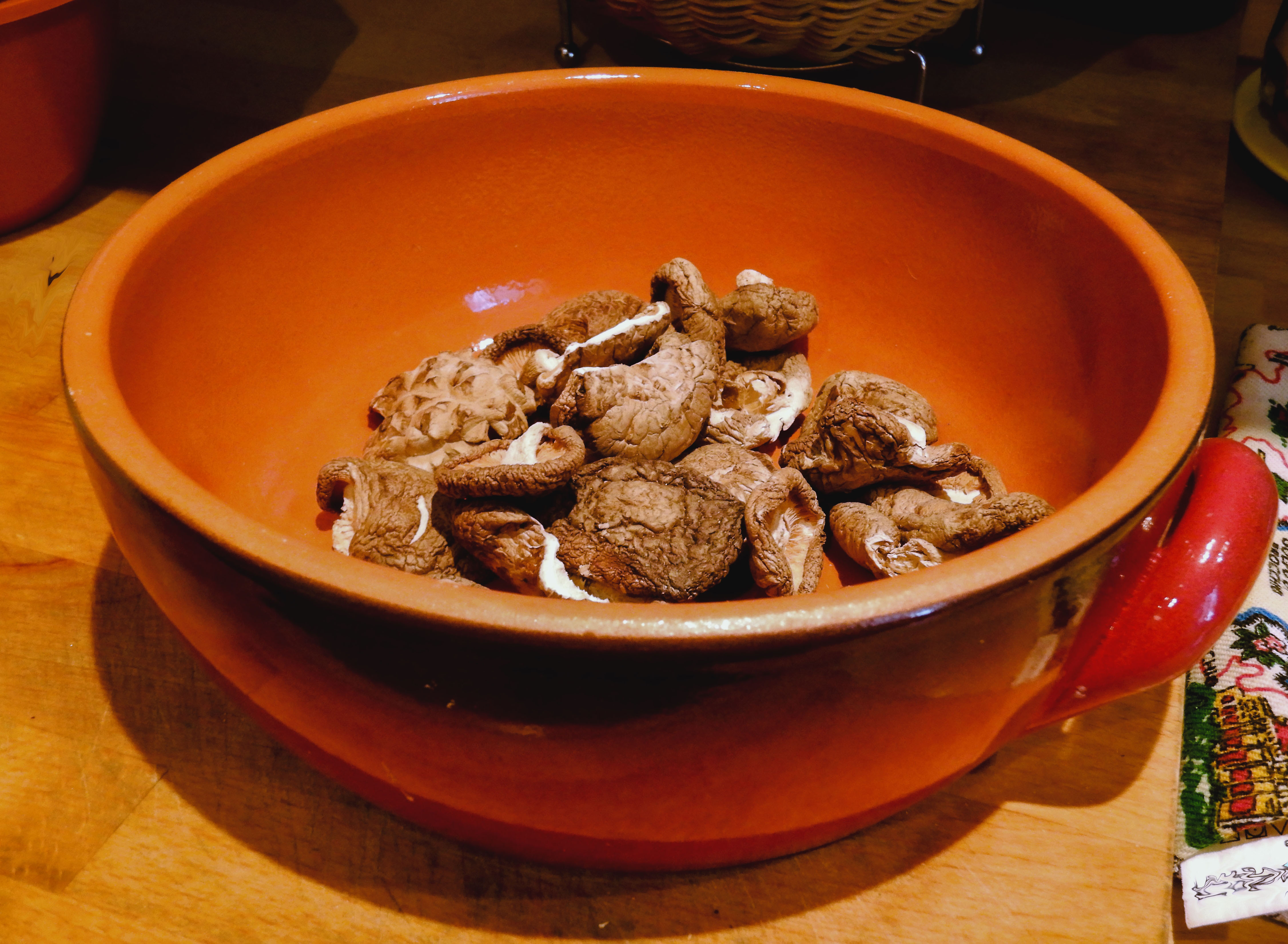|
Palace Of Sultan Mas'ud III
The Palace of Sultan Mas'ud III is a Ghaznavid palace in Ghazni, Afghanistan. The palace was built in 1112 by Sultan Mas'ūd III (1099-1114/5), son of Ibrahim of Ghazna. Description Many of the archeological remains were unearthed in an Italian archeological mission in the 1960s. There is a dado with a poem in Persian and Kufic script and one in Arabic. There is a marble arch bearing the name of the sultan. The site has a small cemetery that includes the domed ziyarat of Ibrahim of Ghazna Ibrahim of Ghazna (b. 1033 – d. 1099) was sultan of the Ghaznavid empire from April 1059 until his death in 1099. Having been imprisoned at the fortress of Barghund, he was one of the Ghaznavid princes that escaped the usurper Toghrul's massac ... in the west side of the palace. File:MNAO-GhazniPalMasudIII-Lastra1.jpg, Carved relief from the Palace of Masud III File:MNAO-GhazniPalMasudIII-DecorazioneCotto3.jpg, Carved relief from the Palace of Masud III File:Architectural panel Afghani ... [...More Info...] [...Related Items...] OR: [Wikipedia] [Google] [Baidu] |
Mas'ud III Of Ghazni
Mas'ūd III of Ghazna (b. 1061 – d. 1115), was a sultan of the Ghaznavid Empire and son of Ibrahim of Ghazna. Life Mas'ūd was born in 1061 in Ghazni. Reign Mas'ud was sultan for 16 years. In 1112, Mas'ūd III built the Palace of Sultan Mas'ud III in Ghazni, Afghanistan. Mas'ūd also built one of the Minarets of Ghazni. Signs of weakness in the state became apparent when he died in 1115, with internal strife between his sons ending with the ascension of Sultan Bahram Shah as a Seljuk vassal. Bahram Shah defeated his brother Arslan for the throne at the Battle of Ghazni The Battle of Ghazni took place in the city of Ghazni in central Afghanistan on Tuesday, 23 July 1839, during the First Anglo-Afghan War. Prelude In the 1830s, the British were firmly entrenched in India but by 1837, feared a Russian invasio ... in 1117. Architecture Minaret of Mas'ud III in Ghazni File:Mas'ud_III_b._Ibrahim_minaret,_Ghazni,_built_between_1099_and_1115_CE_(graphical_reconstruc ... [...More Info...] [...Related Items...] OR: [Wikipedia] [Google] [Baidu] |
Ghazni
Ghazni (, ), historically known as Ghaznayn () or Ghazna (), also transliterated as Ghuznee, and anciently known as Alexandria in Opiana (), is a city in southeastern Afghanistan with a population of around 190,000 people. The city is strategically located along Highway 1 (Afghanistan), Highway 1, which follows the path that has served as the main road between Kabul and Kandahar for thousands of years. Situated on a plateau at 2,219 metres (7,280 ft) above sea level, the city is south of Kabul and is the capital of Ghazni Province. The name Ghazni derives from the Persian word ''ganj'', meaning "treasure." Citadel of Ghazni, Ghazni Citadel, the Ghazni Minarets, Minarets of Ghazni, the Palace of Sultan Mas'ud III, and several other cultural heritage sites have brought travelers and archeologists to the city for centuries. During the Pre-Islamic period of Afghanistan, pre-Islamic period, the area was inhabited by various tribes who practiced different religions including Zoro ... [...More Info...] [...Related Items...] OR: [Wikipedia] [Google] [Baidu] |
Stucco
Stucco or render is a construction material made of aggregates, a binder, and water. Stucco is applied wet and hardens to a very dense solid. It is used as a decorative coating for walls and ceilings, exterior walls, and as a sculptural and artistic material in architecture. Stucco can be applied on construction materials such as metal, expanded metal lath, concrete, cinder block, or clay brick and adobe for decorative and structural purposes. In English, "stucco" sometimes refers to a coating for the outside of a building and " plaster" to a coating for interiors. As described below, however, the materials themselves often have little or no difference. Other European languages, notably Italian, do not have the same distinction: ''stucco'' means ''plaster'' in Italian and serves for both. Composition The basic composition of stucco is lime, water, and sand. The difference in nomenclature between stucco, plaster, and mortar is based more on use than composition. ... [...More Info...] [...Related Items...] OR: [Wikipedia] [Google] [Baidu] |
Minaret (left) And Palace (right) Of Sultan Mas'ud III (northeast Of Ghazni)
A minaret is a type of tower typically built into or adjacent to mosques. Minarets are generally used to project the Muslim call to prayer (''adhan'') from a muezzin, but they also served as landmarks and symbols of Islam's presence. They can have a variety of forms, from thick, squat towers to soaring, pencil-thin spires. Etymology Two Arabic words are used to denote the minaret tower: ''manāra'' and ''manār''. The English word "minaret" originates from the former, via the Turkish version (). The Arabic word ''manāra'' (plural: ''manārāt'') originally meant a "lamp stand", a cognate of Hebrew '' menorah''. It is assumed to be a derivation of an older reconstructed form, ''manwara''. The other word, ''manār'' (plural: ''manā'ir'' or ''manāyir''), means "a place of light". Both words derive from the Arabic root ''n-w-r'', which has a meaning related to "light". Both words also had other meanings attested during the early Islamic period: ''manār'' could also mean a ... [...More Info...] [...Related Items...] OR: [Wikipedia] [Google] [Baidu] |
Arabic
Arabic (, , or , ) is a Central Semitic languages, Central Semitic language of the Afroasiatic languages, Afroasiatic language family spoken primarily in the Arab world. The International Organization for Standardization (ISO) assigns language codes to 32 varieties of Arabic, including its standard form of Literary Arabic, known as Modern Standard Arabic, which is derived from Classical Arabic. This distinction exists primarily among Western linguists; Arabic speakers themselves generally do not distinguish between Modern Standard Arabic and Classical Arabic, but rather refer to both as ( "the eloquent Arabic") or simply ' (). Arabic is the List of languages by the number of countries in which they are recognized as an official language, third most widespread official language after English and French, one of six official languages of the United Nations, and the Sacred language, liturgical language of Islam. Arabic is widely taught in schools and universities around the wo ... [...More Info...] [...Related Items...] OR: [Wikipedia] [Google] [Baidu] |
Kufic Script
The Kufic script () is a style of Arabic script, that gained prominence early on as a preferred script for Quran transcription and architectural decoration, and it has since become a reference and an archetype for a number of other Arabic scripts. It developed from the Arabic alphabet in the city of Kufa, from which its name is derived. Kufic is characterized by angular, rectilinear letterforms and its horizontal orientation. There are many different versions of Kufic, such as square Kufic, floriated Kufic, knotted Kufic, and others. The artistic styling of Kufic led to its use in a non-Arabic context in Europe, as decoration on architecture, known as pseudo-Kufic. History Origin of the Kufic script Calligraphers in the early Islamic period used a variety of methods to transcribe Quran manuscripts. Arabic calligraphy became one of the most important branches of Islamic Art. Calligraphers came out with the new style of writing called Kufic. Kufic is the oldest calligraphic f ... [...More Info...] [...Related Items...] OR: [Wikipedia] [Google] [Baidu] |
Persian Language
Persian ( ), also known by its endonym and exonym, endonym Farsi (, Fārsī ), is a Western Iranian languages, Western Iranian language belonging to the Iranian languages, Iranian branch of the Indo-Iranian languages, Indo-Iranian subdivision of the Indo-European languages. Persian is a pluricentric language predominantly spoken and used officially within Iran, Afghanistan, and Tajikistan in three mutual intelligibility, mutually intelligible standard language, standard varieties, respectively Iranian Persian (officially known as ''Persian''), Dari, Dari Persian (officially known as ''Dari'' since 1964), and Tajik language, Tajiki Persian (officially known as ''Tajik'' since 1999).Siddikzoda, S. "Tajik Language: Farsi or not Farsi?" in ''Media Insight Central Asia #27'', August 2002. It is also spoken natively in the Tajik variety by a significant population within Uzbekistan, as well as within other regions with a Persianate society, Persianate history in the cultural sphere o ... [...More Info...] [...Related Items...] OR: [Wikipedia] [Google] [Baidu] |
Ghaznavids
The Ghaznavid dynasty ( ''Ġaznaviyān'') was a Persianate Muslim dynasty of Turkic peoples, Turkic ''mamluk'' origin. It ruled the Ghaznavid Empire or the Empire of Ghazni from 977 to 1186, which at its greatest extent, extended from the Oxus to the Indus Valley. The dynasty was founded by Sabuktigin upon his succession to the rule of Ghazni Province, Ghazna after the death of his father-in-law, Alp Tigin, who was an ex-general of the Samanid Empire from Balkh. Sabuktigin's son, Mahmud of Ghazni, expanded the Ghaznavid Empire to the Amu Darya, the Indus River and the Indian Ocean in the east and to Rey, Iran, Rey and Hamadan in the west. Under the reign of Mas'ud I of Ghazni, Mas'ud I, the Ghaznavid dynasty began losing control over its western territories to the Seljuk Empire after the Battle of Dandanaqan in 1040, resulting in a restriction of its holdings to modern-day Afghanistan, Pakistan and Northern India. In 1151, Sultan Bahram Shah lost Ghazni to the Ghurid dynasty, ... [...More Info...] [...Related Items...] OR: [Wikipedia] [Google] [Baidu] |
Terracotta
Terracotta, also known as terra cotta or terra-cotta (; ; ), is a clay-based non-vitreous ceramic OED, "Terracotta""Terracotta" MFA Boston, "Cameo" database fired at relatively low temperatures. It is therefore a term used for earthenware objects of certain types, as set out below. Usage and definitions of the term vary, such as: *In art, pottery, applied art, and craft, "terracotta" is a term often used for red-coloured earthenware sculptures or functional articles such as flower pots, water and waste water pipes, and tableware. *In archaeology and art history, "terracotta" is often used to describe objects such as figurines and loom weights not made on a potter's wheel, with vessels and other objects made on a wheel from the same material referred to as earthenware; the choice of term depends on the type of object rather than the material or shaping technique. *Terracotta is also used to refer to the natural brownish-orange color of most terracotta. *In architecture, ... [...More Info...] [...Related Items...] OR: [Wikipedia] [Google] [Baidu] |
Ziyarat
''Ziyara(h)'' ( ''ziyārah'', "visit") or ''ziyarat'' (, ''ziyārat'', "pilgrimage"; , "visit") is a form of pilgrimage to sites associated with the Islamic prophet Muhammad, his family members and descendants (including the Shī'ī Imāms), his companions and other venerated figures in Islam such as the prophets, Sufi auliya, and Islamic scholars. Sites of pilgrimage include mosques, maqams, battlefields, mountains, and caves. ''Ziyārat'' can also refer to a form of supplication made by the Shia, in which they send salutations and greetings to Muhammad and his family. Terminology ''Ziyarat'' comes from "to visit". In Islam it refers to pious visitation, pilgrimage to a holy place, tomb or shrine.Gibb, H. A. R.; Kramers, J. H.; Lévi-Provençal, E.; Schacht, J.; Lewis, B.; Pellat, Ch., eds. (1960). ''The Encyclopaedia of Islam, New Edition'', Volume I: W–Z. Leiden: E. J. Brill. pp. 524, 533–39. . Iranian and South Asian Muslims use the word ''ziyarat'' for both t ... [...More Info...] [...Related Items...] OR: [Wikipedia] [Google] [Baidu] |
Marble
Marble is a metamorphic rock consisting of carbonate minerals (most commonly calcite (CaCO3) or Dolomite (mineral), dolomite (CaMg(CO3)2) that have recrystallized under the influence of heat and pressure. It has a crystalline texture, and is typically not Foliation (geology), foliated (Layered intrusion, layered), although there are exceptions. In geology, the term ''marble'' refers to metamorphosed limestone, but its use in stonemasonry more broadly encompasses unmetamorphosed limestone. The extraction of marble is performed by quarrying. Marble production is dominated by four countries: China, Italy, India and Spain, which account for almost half of world production of marble and decorative stone. Because of its high hardness and strong wear resistance, and because it will not be deformed by temperature, marble is often used in Marble sculpture, sculpture and construction. Etymology The word "marble" derives from the Ancient Greek (), from (), "crystalline rock, shin ... [...More Info...] [...Related Items...] OR: [Wikipedia] [Google] [Baidu] |
Afghanistan
Afghanistan, officially the Islamic Emirate of Afghanistan, is a landlocked country located at the crossroads of Central Asia and South Asia. It is bordered by Pakistan to the Durand Line, east and south, Iran to the Afghanistan–Iran border, west, Turkmenistan to the Afghanistan–Turkmenistan border, northwest, Uzbekistan to the Afghanistan–Uzbekistan border, north, Tajikistan to the Afghanistan–Tajikistan border, northeast, and China to the Afghanistan–China border, northeast and east. Occupying of land, the country is predominantly mountainous with plains Afghan Turkestan, in the north and Sistan Basin, the southwest, which are separated by the Hindu Kush mountain range. Kabul is the country's capital and largest city. Demographics of Afghanistan, Afghanistan's population is estimated to be between 36 and 50 million. Ancient history of Afghanistan, Human habitation in Afghanistan dates to the Middle Paleolithic era. Popularly referred to as the graveyard of empire ... [...More Info...] [...Related Items...] OR: [Wikipedia] [Google] [Baidu] |







